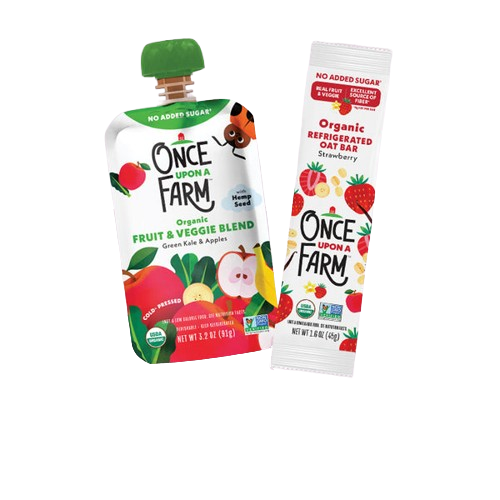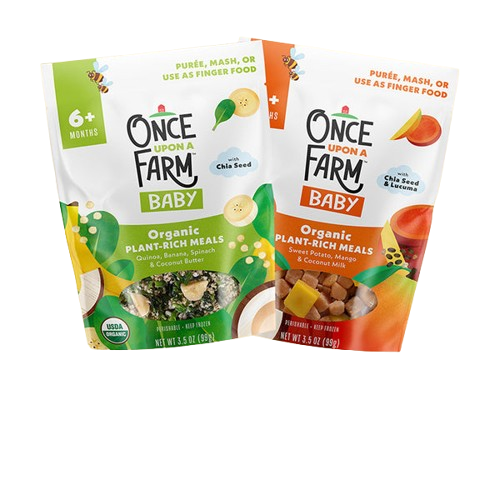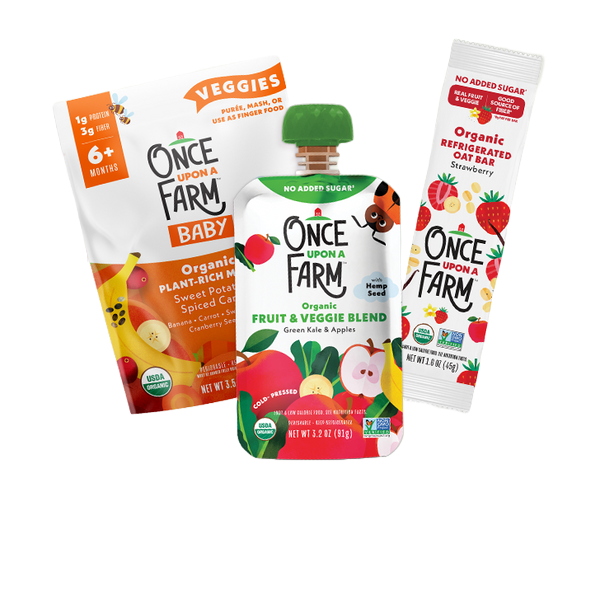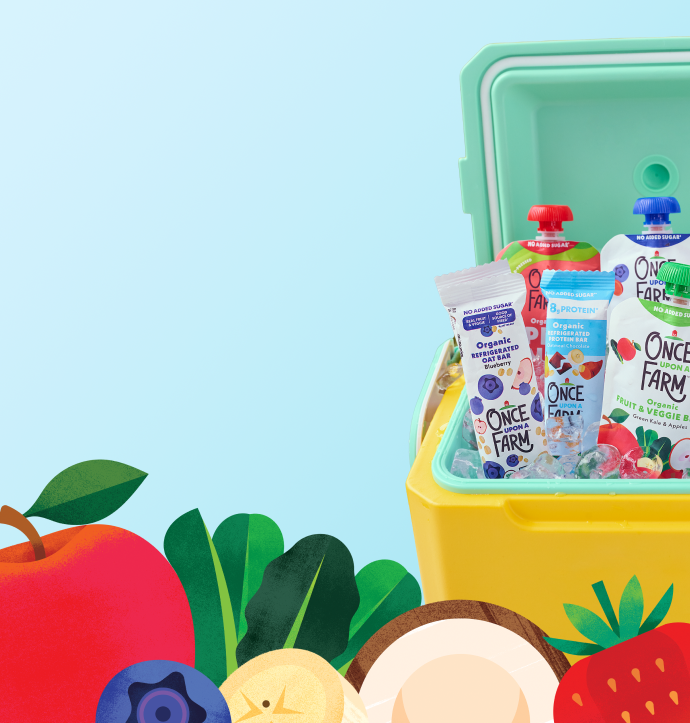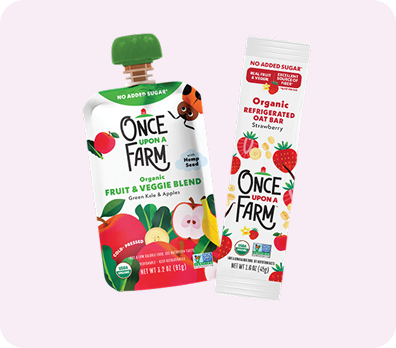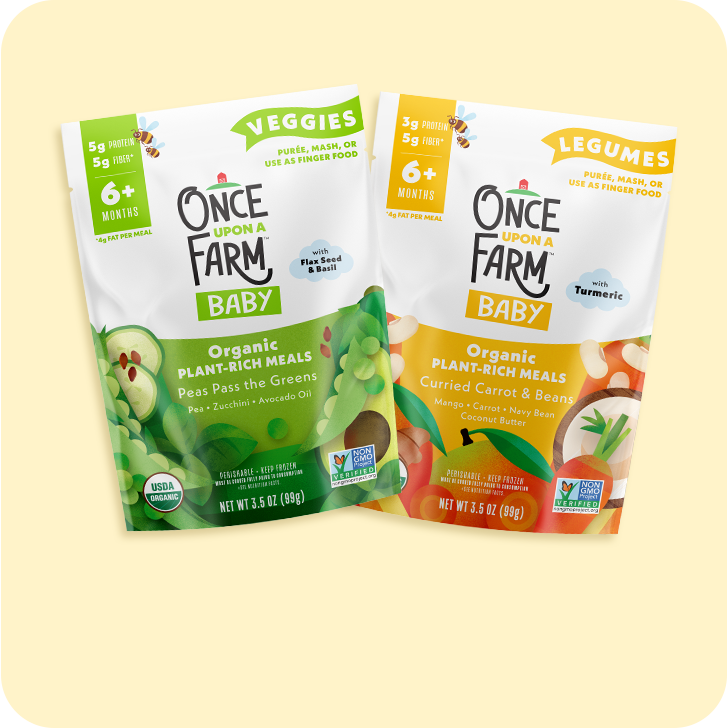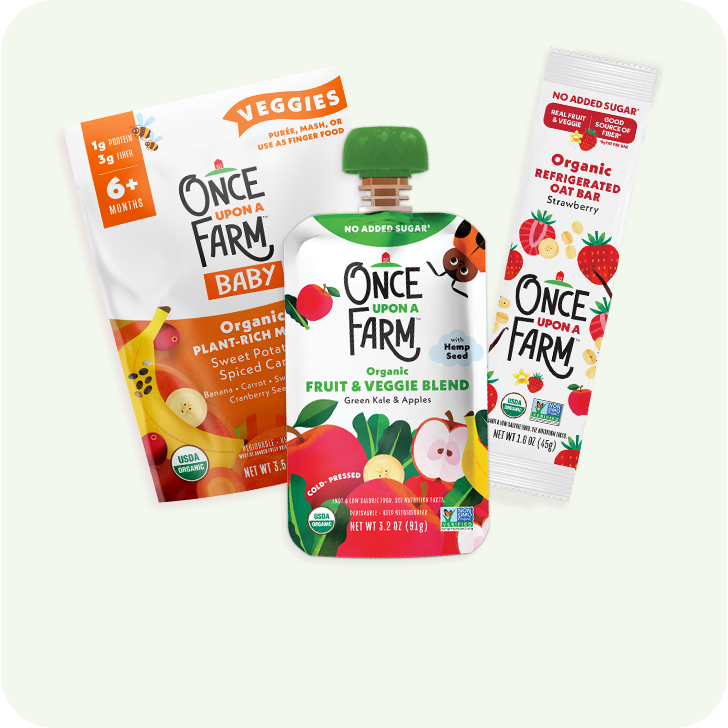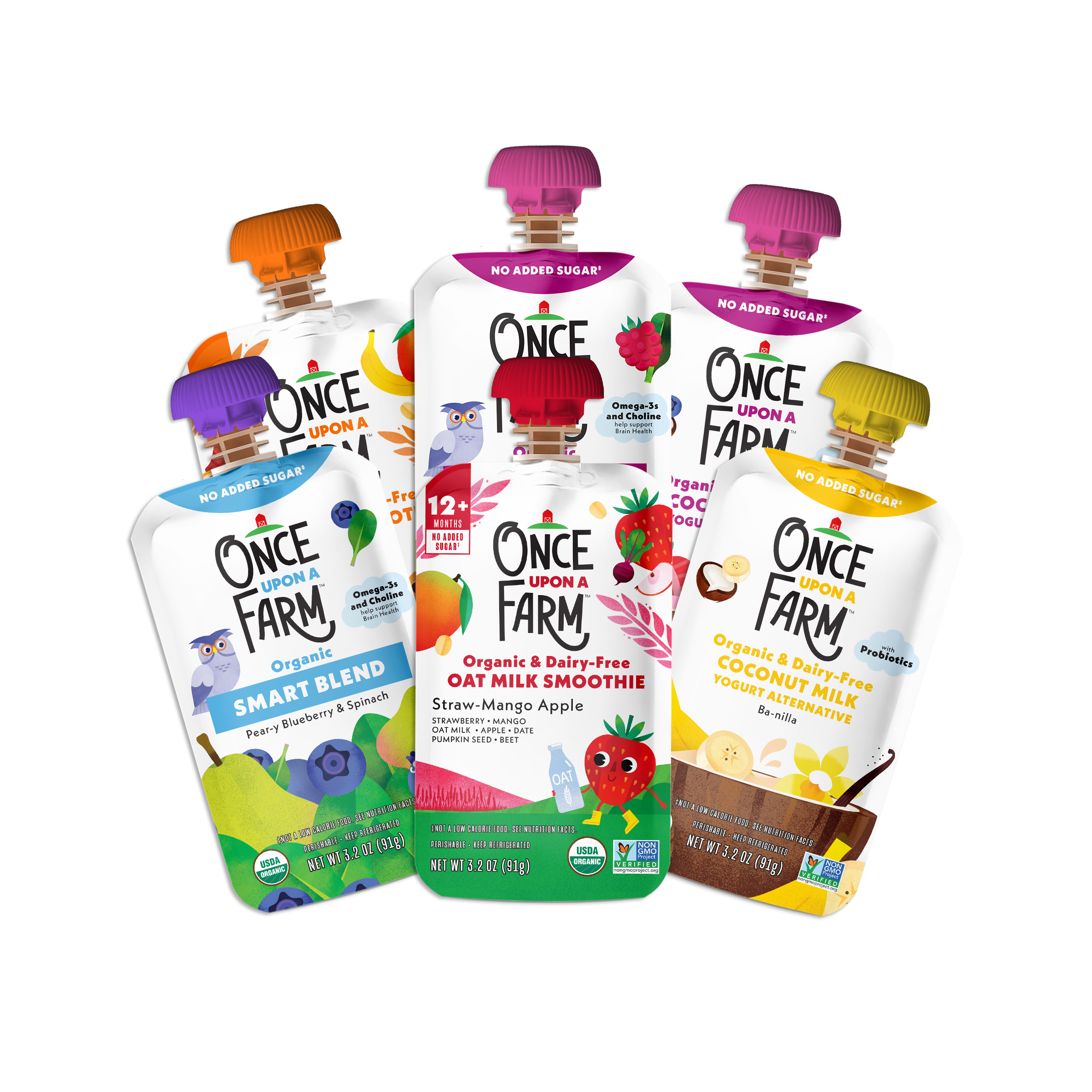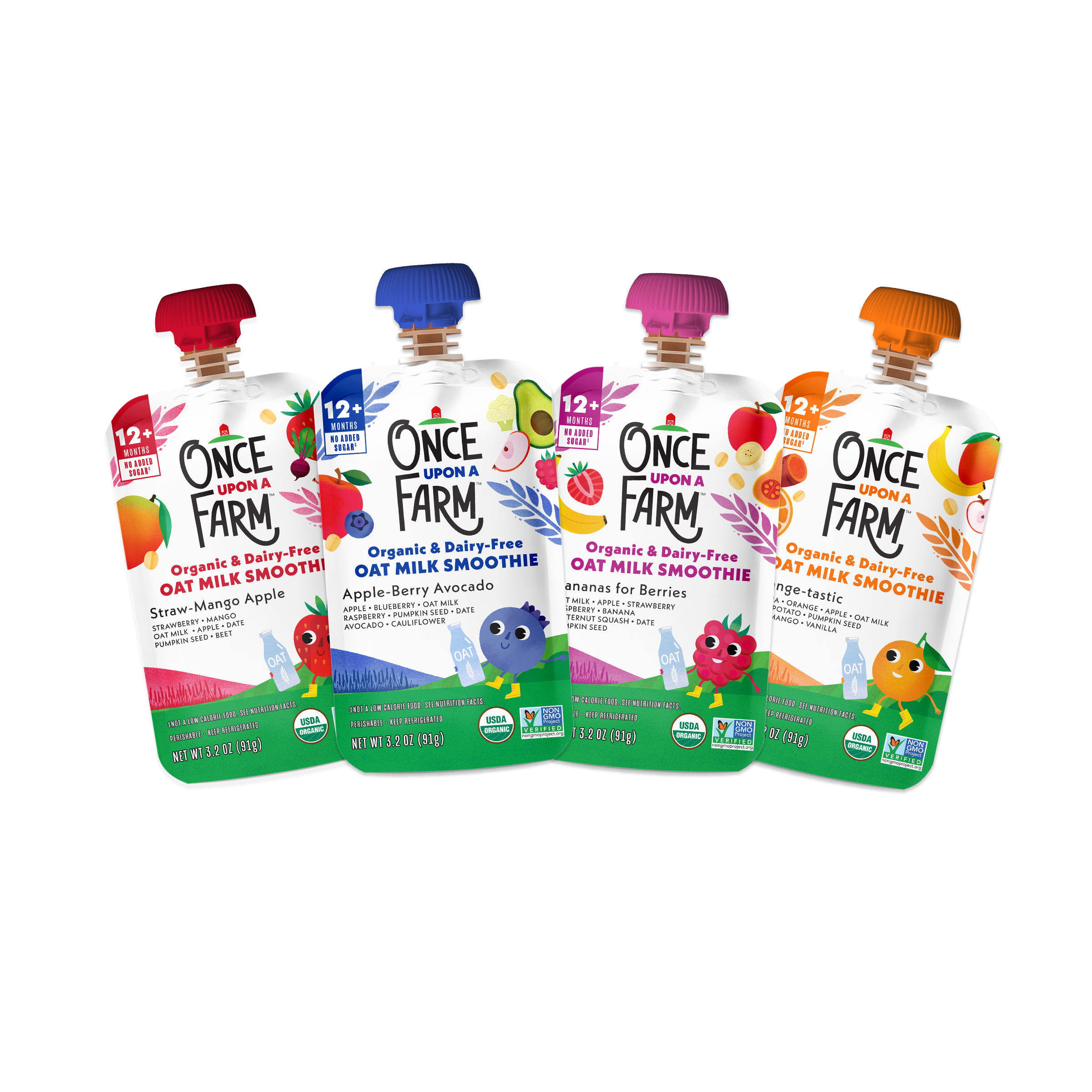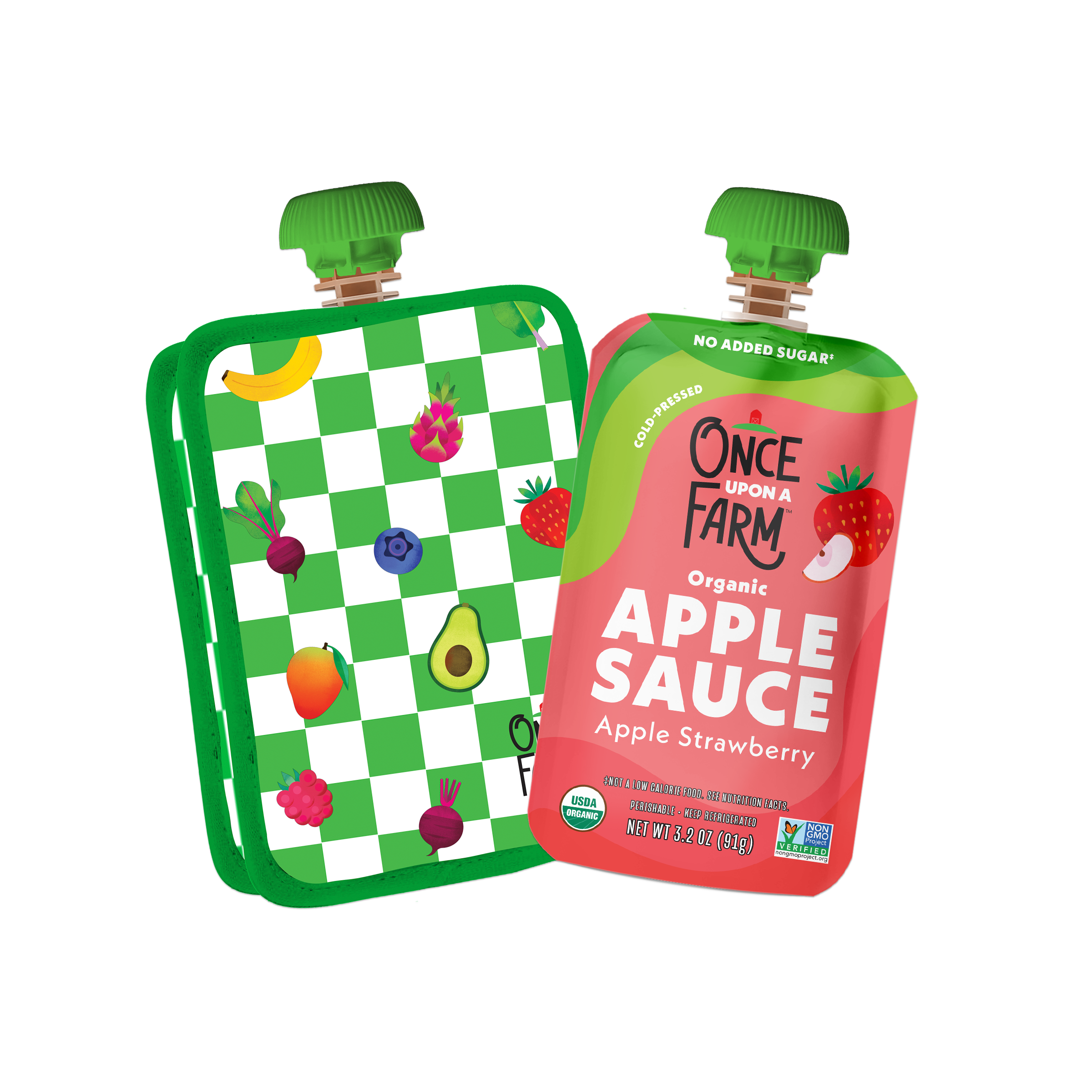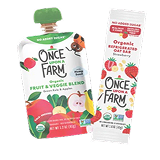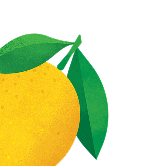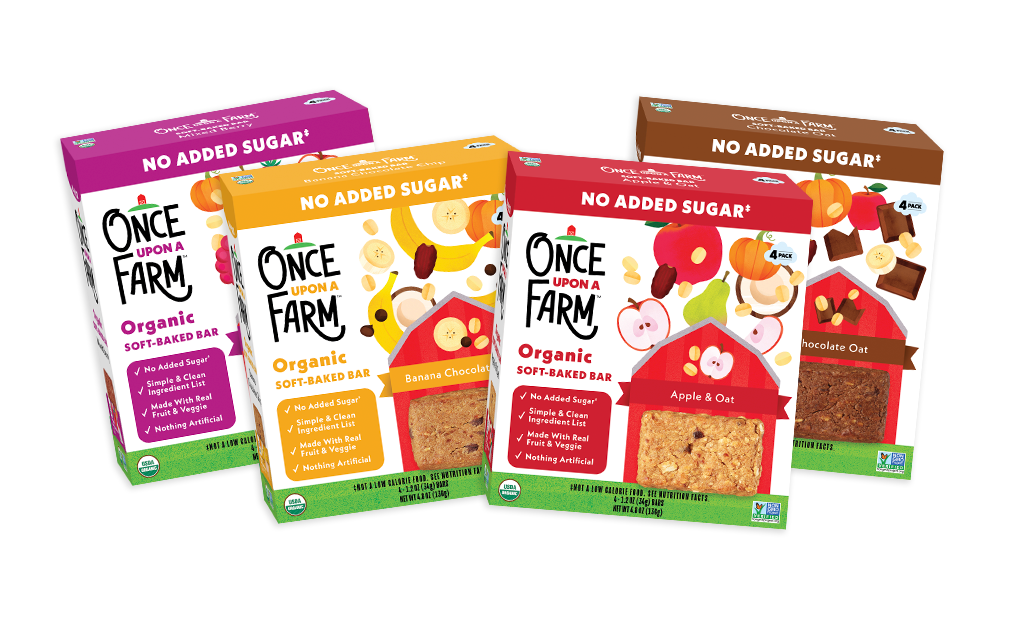Note: This blog is not medical advice and is for informational purposes only. For any specific nutrition recommendations or questions, please refer to your child’s pediatrician or healthcare provider.
While it’s long been debunked that all fat is bad (it’s not), many of us still have questions when it comes to dietary fats. What are the differences? Which ones are OK? What about dietary fats for kids?
To help us figure out the truth about these macronutrients, we spoke with microbiome expert Suzanne Devkota, PhD and kids’ dietician Kacie Barnes, MCN, RDN, LD (@mamaknowsnutrition).
What Are Dietary Fats?
As Dr. Devkota explains, “Fat helps support the membranes of all the cells in our body, and there are two essential fatty acids [omega-3 and omega-6], meaning we cannot produce them, and they must come from the diet.” Fats are classified as saturated (e.g., lard, coconut oil), monounsaturated (e.g., olive oil), or polyunsaturated (e.g., omega-3 fats).
Historically, the latter two have been considered healthy, while saturated fats have been seen as unhealthy. However, it's more complex than that. As Dr. Devkota says, “An example is coconut oil—while highly saturated, these saturated fats consist mostly of medium-chain triglycerides which are not stored in the body like long-chain triglycerides (most animal fats). So, lard and coconut oil might be clumped together as saturated fats, but they have very different properties.”
How Much Dietary Fat Do Kids Need?
For babies, fat should not be restricted. Dr. Devkota explains, “Breast milk is very lipid-rich because supplying enough lipids is critical for cellular development in the growing body.” The same is true for formula. For kids 1–3 years old, she says, fat should make up about 40% of their daily calories. After this, dietary fats should make up 25–35% of the calories. This is in the typical range for adults.
In terms of which types of fats to serve (or not) your kids, the same is true for kids as adults. Dr. Devkota has a couple insider tips when it comes to what to look out for: “DHA (Docosahexaenoic acid omega-3 fatty acid) is a type of lipid you might see added to milk and I would recommend DHA products as they are essential for brain development in children (it also helps maintain neuronal health in adults). The worst possible fat to consume are hydrogenated fats (trans fats) which you rarely see in the grocery stores anymore. Thank goodness.”
Best Sources of Dietary Fats
When it comes to good sources of dietary fats, there are lots of tasty options, both on their own, and as add-ins for snacks and meals. Barnes suggests, “whole milk dairy, olive oil, avocado, eggs (yolks specifically), nuts/nut butters, seeds, and some fish.”
Dietary Fat-Packed Snack Ideas*
Lucky for us, Barnes also provided some amazing snack ideas to help ensure our kids are getting the right amounts (and types) of dietary fats.
Babies:
- Scrambled eggs: cook in grass-fed butter, add in a splash of milk or ricotta cheese to boost the nutrition and fat content
- Cheese: to moderate sodium intake, opt for soft cheeses for babies like ricotta
- Olive oil: adding a drizzle of olive oil to dishes like sweet potatoes makes them contain a great dose of dietary fat in addition to the carbs
- Mashed avocado
- Ground nuts: use a coffee grinder or small blender to grind up unsalted walnuts and pecans and keep it in a container in the freezer to maintain freshness. Stir it into dishes like oatmeal or stews or sauces for a dietary fat boost
Toddlers:
- Salmon: an easy, enjoyable texture and contains a good amount of omega-3 fatty acids (okay for babies, too!)
- Avocado: cube it up
- Cottage cheese: a little high in sodium for babies, but a great source of fat (and protein!) when those sodium guidelines liberalize a little bit in toddlerhood
Older Kids:
- Nuts/trail mix: a choking hazard before age 4, but a great serving of fat (especially almonds, walnuts, and pistachios)
- Olives: a little salty for little ones, but a good source of heart-healthy fat for older kids
- Ants on a log: nut butter spread on celery with raisins on top (can be a little tricky to navigate for toddlers)
*Be sure that your child is ready for these snacks. They should be able to crawl without their tummy on the floor, use fingers to eat, and start to mash food with their jaw. Be mindful of food size and texture and cut into age-appropriate pieces to minimize choking risk as needed. Only feed your child when they are seated and supervised.

